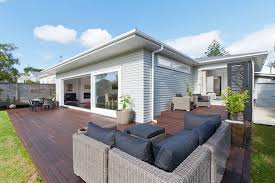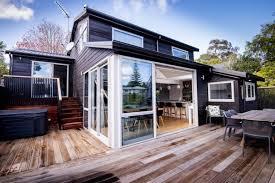Searching for house owners aim to reduce the ecological effect, implementing environmentally friendly house cleaning techniques has changed into a rising trend. Eco-friendly cleaning not just added benefits the earth but additionally encourages a healthy existing environment. Here are critical procedures that could make the home clean in addition to enviromentally friendly:
1. Utilize Environment friendly Cleaning Products
house cleaning solutions normally incorporate hard substances which have been bad for the earth plus household atmosphere quality. Changing for you to eco-friendly cleaners, produced from plant-based components, helps reduce smog as well as decreases experience harmful substances. Try to find certification such as Environmentally friendly Seal off or maybe EPA Less risky Alternative to ensure the bags are actually eco-friendly.
2. Reduce Vinyl Throw away
Plastic-type material plastic bottles out of cleaning products contribute to substantial waste. Look at picking multiple-use squirt containers along with refillable cleaning aims at to minimize single-use plastics. A lot of eco-conscious companies offer you re-fill channels or perhaps emphasis formulations, allowing you to buy in big amounts reducing the labels waste.
3. Microfiber Linen Around Cardstock Rest room towels
As an alternative to using sponges, which will contribute to deforestation along with landfill waste, exchange signal of microfiber cloths. Microfibers are impressive in collecting airborne dirt and dust, dust, plus bacterias without harsh chemicals. They can be machine washable, recycleable, along with long-lasting, leading them to a superb environmentally friendly selection for cleaning.
4. Natural Cleaning Options
Lots of 100 % natural ingredients, for instance white wine vinegar, preparing coke, as well as red, tend to be strong along with non-toxic choices to private cleaning products. These products could proficiently fresh types of surface, clear away spills, and disinfect parts without the need of harming the actual environment.
5. Help you save Normal water and also Electricity
Any time cleaning , be mindful of mineral water and usage. Save mineral water simply using a suitable container regarding wetmopping as an alternative to operating the faucet, along with decide on energy-efficient cleaning devices including water mops and also vacuums.
Simply by establishing all these maintainable cleaning routines, you is able to reduce the environment presence and keep an eco-friendly home that may be each cleaner, healthier intended for you and the planet.



